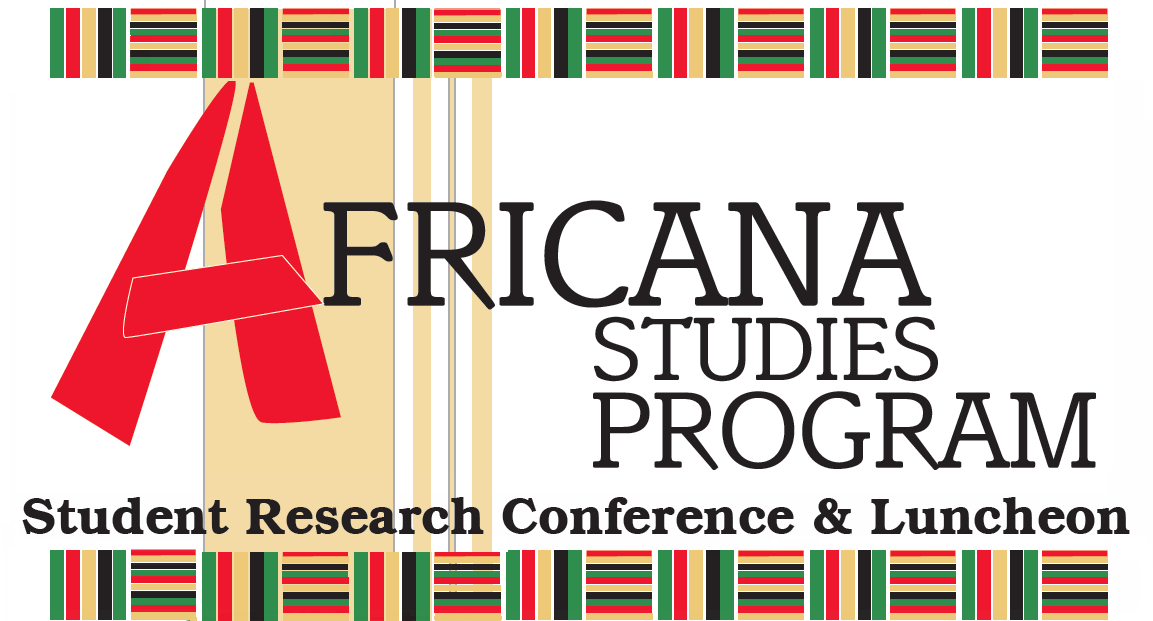Degree Program
Undergraduate
Major
Art and Architecture History
Abstract
In looking at “Traditional” and “Contemporary” African Art, it is clear Western culture still struggles with recognition of the individual African artist. For example, most museum exhibitions displaying local or more continent-based African art still tend to embody a flawed sense of “traditional” art created by a culture rather than an individual. In contrast, contemporary African art stresses the importance of the singular artist, their personal style, historical context, and cultural motivation. Part of the problem stems from colonialism, when many Western “collectors” seized any art they deemed valuable and “exotic,” taking it away from context leaving behind all information about the work, including the artist. Today, these artists are still stripped of their recognition, just in a different form. However, important work from Africanist art historians such as William Fagg, Roslyn Adele Walker and Zoe Strother, have challenged the notion of the “anonymous African artist.”
This paper continues the discourse on “traditional” African artists, focusing primarily on the Yoruba artist Simeon Agbetuyi and the broader way in which research on Yoruba culture tends to highlight the ingenuity and importance of individual artists. The works of art at the center of this paper are two woodcarvings of twin figures by Agbetuyi. Completed in 1987 and commissioned to promote strength and wellbeing within the family amid the contemporary era, his figures blur the seemingly separate realms of “Traditional” and “Contemporary” African Art. In analyzing Agbetuyi, and other traditional-based African artists, this paper questions the labels that have instilled the harsh divide artists have long endured with Western culture, changing and influencing the way local and international African artists express themselves.
Start Date
24-2-2017 1:30 PM
End Date
24-2-2017 2:50 PM
Included in
Rethinking the "Anonymous:" Simeon Agbetuyi and the Yoruba Example
In looking at “Traditional” and “Contemporary” African Art, it is clear Western culture still struggles with recognition of the individual African artist. For example, most museum exhibitions displaying local or more continent-based African art still tend to embody a flawed sense of “traditional” art created by a culture rather than an individual. In contrast, contemporary African art stresses the importance of the singular artist, their personal style, historical context, and cultural motivation. Part of the problem stems from colonialism, when many Western “collectors” seized any art they deemed valuable and “exotic,” taking it away from context leaving behind all information about the work, including the artist. Today, these artists are still stripped of their recognition, just in a different form. However, important work from Africanist art historians such as William Fagg, Roslyn Adele Walker and Zoe Strother, have challenged the notion of the “anonymous African artist.”
This paper continues the discourse on “traditional” African artists, focusing primarily on the Yoruba artist Simeon Agbetuyi and the broader way in which research on Yoruba culture tends to highlight the ingenuity and importance of individual artists. The works of art at the center of this paper are two woodcarvings of twin figures by Agbetuyi. Completed in 1987 and commissioned to promote strength and wellbeing within the family amid the contemporary era, his figures blur the seemingly separate realms of “Traditional” and “Contemporary” African Art. In analyzing Agbetuyi, and other traditional-based African artists, this paper questions the labels that have instilled the harsh divide artists have long endured with Western culture, changing and influencing the way local and international African artists express themselves.


